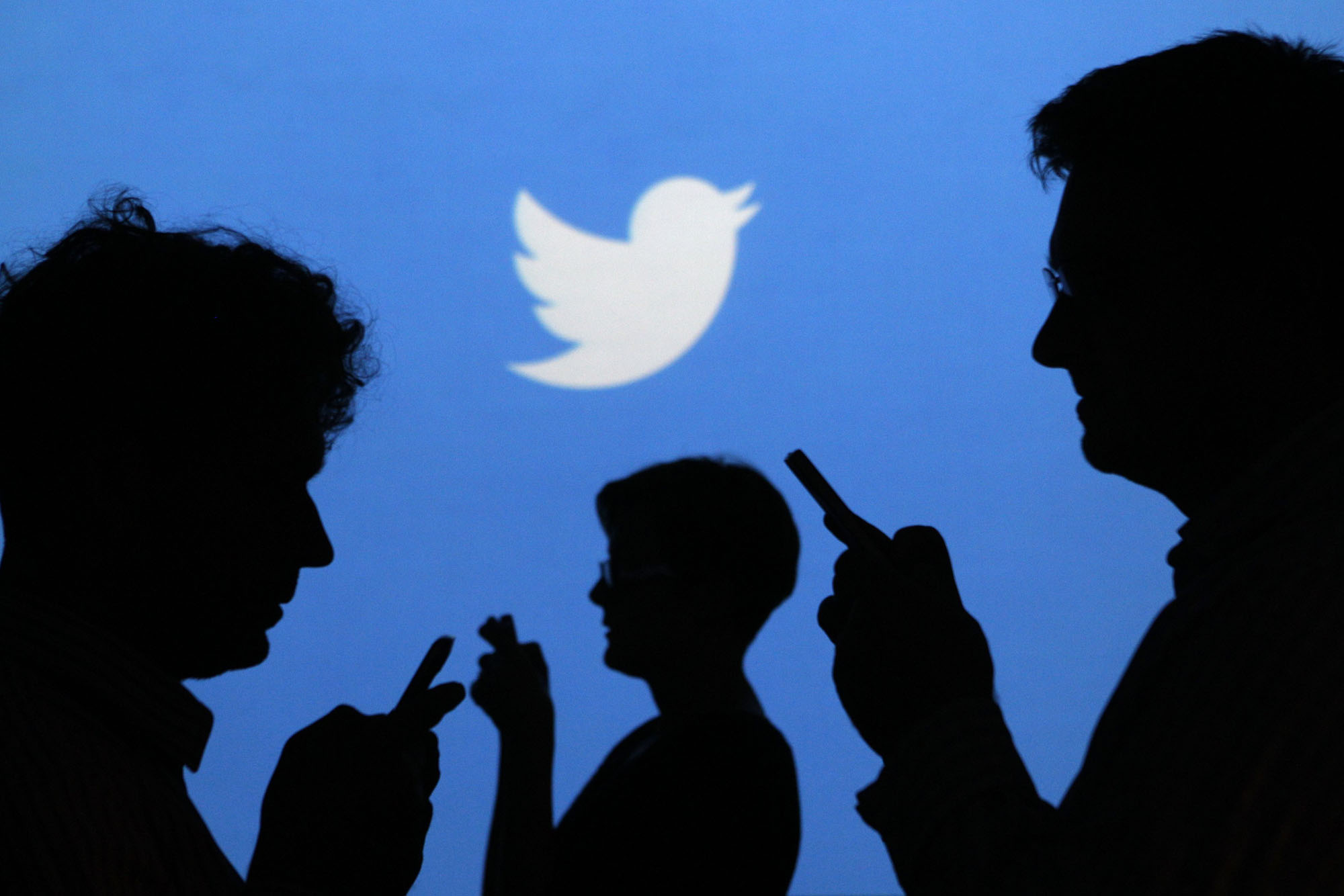
Twitter is one of the largest and most active social networks, with over 140 million active users sending more than 340 million tweets per day. Twitter is a real-time information network that empowers its users to share and discover interesting content through status updates (or “tweets”). In this second part of our five-part series about social media, you can learn how to utilize Twitter.
Twitter is often referred to as a microblogging service because it limits your status updates to 140 characters. But the brilliance is in its simplicity and brevity. For businesses and organizations, Twitter is one of the quickest ways to get a message out to people who may be interested in your activities, ideas, products, services, or events. You can also use Twitter to get real-time feedback from customers, members, and event attendees. Like Facebook posts, users can share your tweet with the simple click of a button. This is called a “retweet” and it is the feature that makes Twitter such a great word-of-mouth platform that can help your message reach an entirely new
group of prospective customers.
(Hint: You should pay attention to people who retweet your message as that is a good indication that they are listening to what you say, and may help you attract new followers and prospects.)
Twitter is a public site, which means anyone can view your tweets. However, users can choose to “follow” you on Twitter to keep track of your tweets. The follower relationship is not two-way; you don’t have to follow someone for them to follow you and vice versa. However when you follow someone on Twitter, you’ll see his or her tweets in real time in your Twitter feed, including updates from everyone else you follow. (If you follow many people, this can create a bit of “noise” especially if those people are heavy users of the site.) While you can only send private “direct messages” to people who follow you,you do not need to follow a user to send a public message to them; just include the handle (@username) in your tweet and it will show up in that user’s “Connect” feed. This is called a
mention.
Twitter is a great way to get real-time feedback from your customers and to discover what people are saying about you, your competition, industry, or any keyword that is relevant to you. You can see what people are saying about any topic in real time using Twitter’s search tools.
You can check out the One of a Kind Solutions Twitter here.

Tip for Success
Twitter’s greatest strength is its vast reach. The more engaging and relevant your content is—whether it’s an article you’re sharing, a link to your newsletter, or words of support for the local high school football team—the greater the chance it will be passed on and retweeted to a whole new audience.
What’s good about Twitter?
- Twitter works for small businesses; 60% of businesses surveyed in the Spring 2011 Constant Contact Attitudes and Outlook survey said that Twitter was an effective tool for marketing their brand.
- The Twitter feed is public, which can help give your business or organization greater exposure in web search results.
- The site is like a public forum, so it’s easy to build a community of potential customers you don’t personally know.
- Customers and members can “follow” you without you having to reciprocate.
- There is a quick way to share links to content to help spread your message to a wide audience.
- Users are very vocal, so if they are happy with your business or organization, they’ll say so.
What’s not so good about it?
- It’s sometimes challenging to create a meaningful post in only 140 characters.
- Building an active following takes time and requires a daily commitment to sharing content.
- Lots of “noise.” With so many identical-looking tweets, it’s hard to make a single one stand out in the crowd.
- Spammers are increasingly targeting the service.
- Users are very vocal, so if they have a problem with something, they’ll say so.
